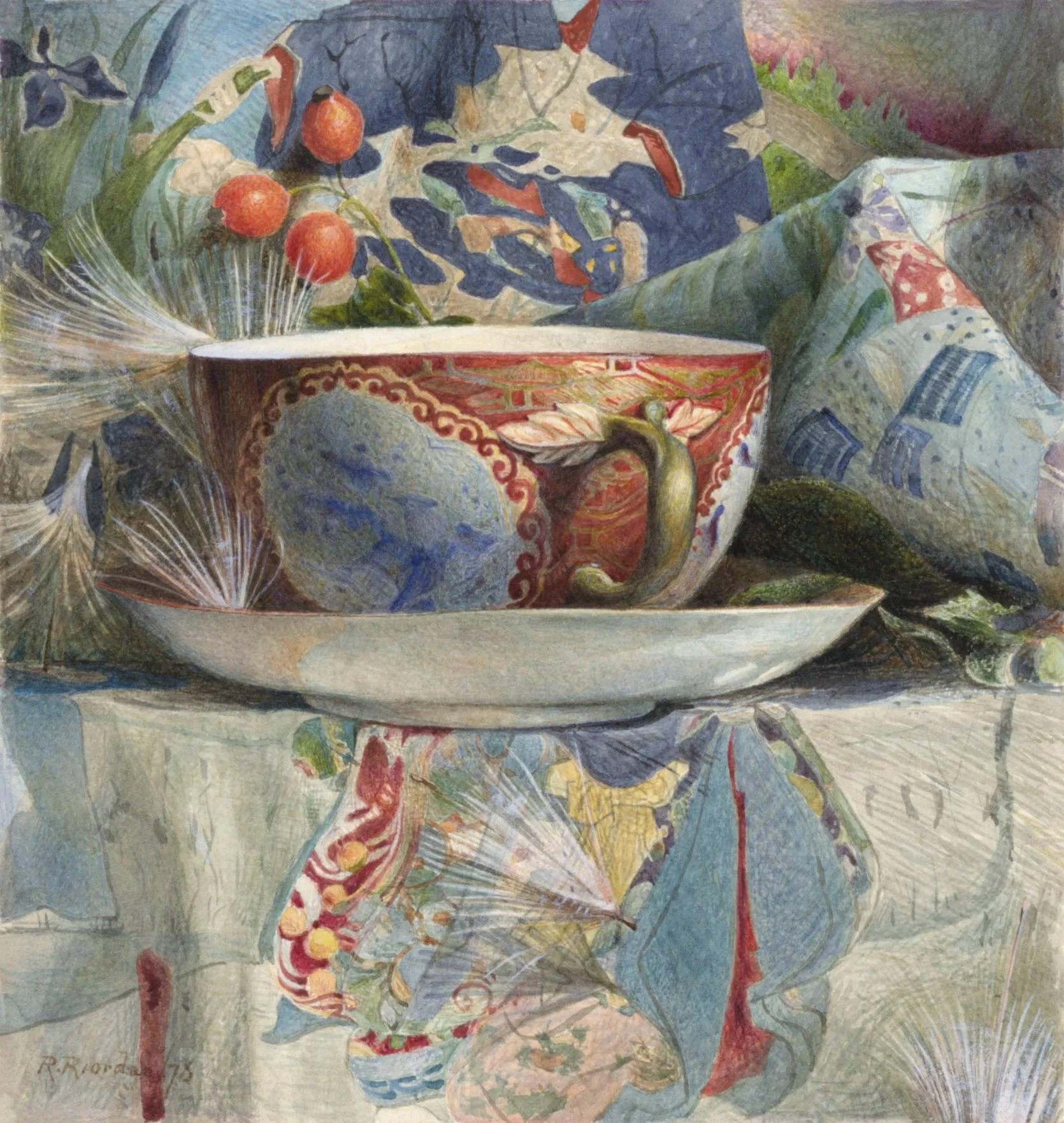Telling Fortunes by Teagrounds
A Cup of Tea by Lilla Cabot Perry
By
Paul Pierce
An excerpt from
BREAKFAST AND TEAS, NOVEL SUGGESTIONS FOR SOCIAL OCASSIONS
1907
Unlocking Stories in a Cup: The Art of Tea Leaf Reading
In an era when social gatherings revolved around the ritual of tea, the practice of reading tea leaves offered a whimsical blend of mysticism and camaraderie. This excerpt from Breakfasts and Teas: Novel Suggestions for Social Occasions, compiled by Paul Pierce, invites readers to explore the age-old art of tasseography. More than a parlor trick, tea leaf reading served as a way to spark conversation, ignite imaginations, and add a touch of the extraordinary to an ordinary tea hour. Whether you seek insight, entertainment, or simply a moment to pause and reflect, the swirling leaves at the bottom of a cup remind us that even the smallest details can tell a story.
Telling Fortunes by Teagrounds
First, the one whose fortune is to be told should drink a little of the tea while it is hot, and then turn out the rest, being careful not to turn out the grounds in doing so, and also not to look at them, as it is bad luck.
Then she must turn the cup over, so that no water remains, for drops of water in the teagrounds signify tears.
Next, she must turn the cup around slowly toward her three times, wishing the wish of her heart as she turns it.
After this she must rest it a minute against the edge of a saucer—to court luck.
Then the fortune-teller takes it and reads the fortune.
Still Life with Tea Cup (1876) by Samuel Colman.
Three small dots in a row stand for the wish. If near the top it will soon be realized. If at the bottom some time will elapse.
If the grounds are bunched together it signifies that all will be well with the fortune-seeker, but if they are scattered it means much the reverse.
A small speck near the top is a letter. A large speck, a photograph, or present of some kind, either one depending on the shape of the speck.
The sticks are people—light or dark, short or tall, according to their color and length. A small one means a child. A thick one, a woman.
If they lie crosswise they are enemies. If straight up, intimate friends, or pleasant acquaintances to be made.
If a large speck is near them, it means they are coming for a visit, bringing a valise or trunk.
If there is a bottle shape near a stick it means a physician. If a book shape, a minister or lawyer. If many fine specks, a married man.
The sticks with a bunch of grounds on their backs are bearers of bad news, or they will "say things" about you.
A long line of grounds with no openings between foretells a journey by water. If openings, by rail.
A large ring, closed, means an offer of marriage to an unmarried woman. To a married one, it means a fortunate undertaking. To a man, success in business.
A small ring is an invitation.
Dust-like grounds bunched together at the bottom or side are a sum of money.
A triangle signifies good luck, so does an anchor or a horseshoe.
A half moon or star to married people means a paying investment. To unmarried, a new lover or sweetheart.
A pyramid is extremely lucky.
A square or oblong, new lands.
Flowers, a present.
Leaves, sickness and death.
Fruit of any kind, health.
A hand, warning, if the fingers are spread. If closed, an offer of friendship or marriage.
A cross signifies trouble. Any musical instrument, a wedding. Bird, suit at law. Cat, deception. Dog, faithful friend. Horse, important news. Snake, an enemy. Turtle, long life. Rabbit, luck. House, offer of marriage, or a removal. Flag, some surprise or a journey to another country.
A heart is the most propitious sign of all, as it means happiness, fidelity, long life, health and wealth.



